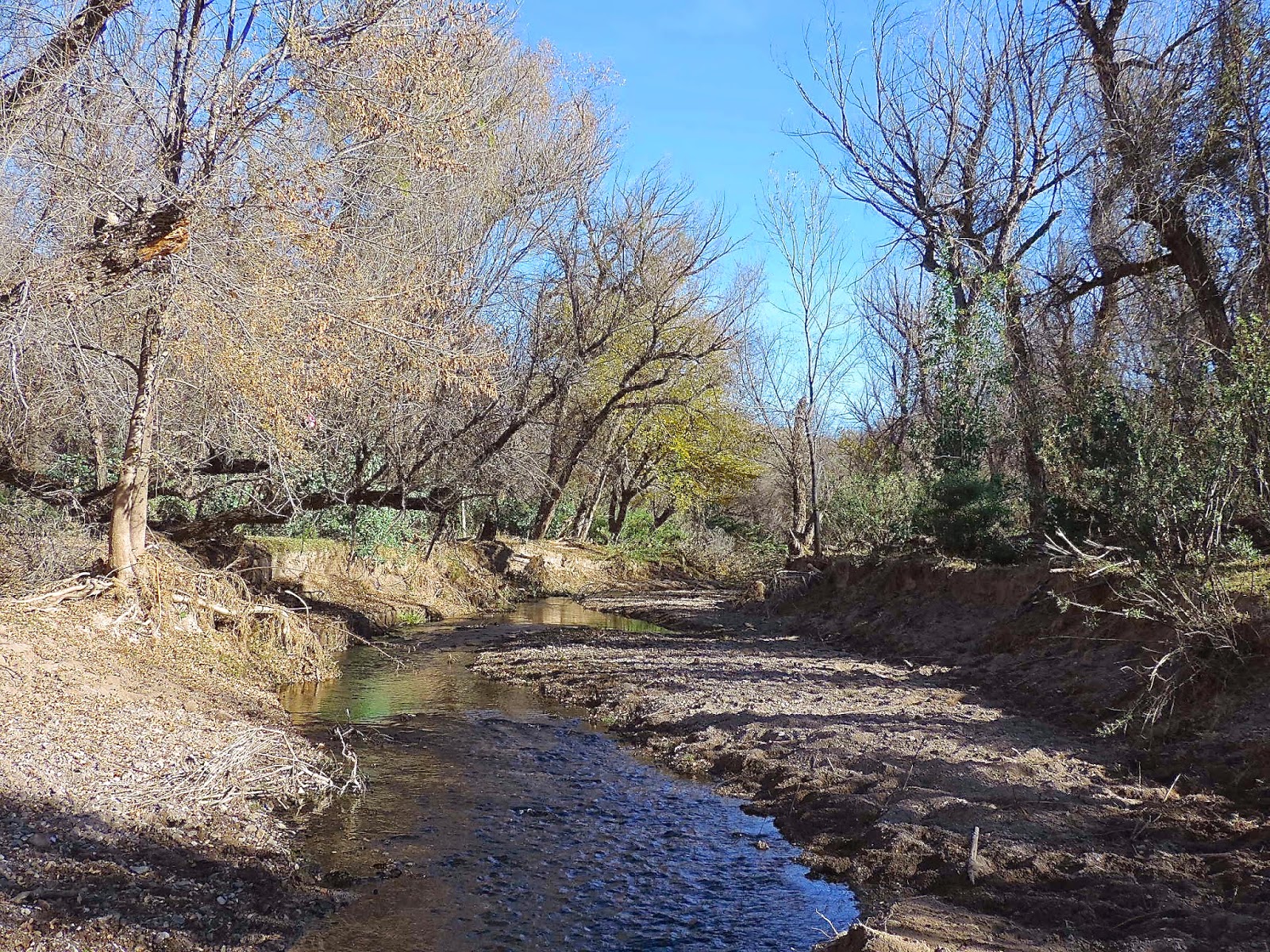I drove east through the old, old town of San Ignacio and then through Zapata where I ate leftovers in my car and watched the canebrakes around the small pond adjacent to the town library, another White-collared Seedeater hot spot, and waited for the one chance in a thousand that they would appear, too lazy to even get out of my car.

San Ignacio, TX
I turned off the highway into Salineno, another small, old town on the Rio Grande, because a tiny piece of the Lower Rio Grande Valley NWR is here.
WWW.FWS.GOV
Since the 1930s, 95 percent of the native habitat found within the Valley has been cleared for agricultural or urban development. This development has relegated native plants and animals to remnant tracts, possibly compromising the genetic integrity of many species. Hoping to connect and protect these isolated tracts of habitat, the Lower Rio Grande Valley National Wildlife Refuge was established in 1979 with a management priority to protect biodiversity. As a wildlife corridor, the refuge follows the Rio Grande along the last 275 river miles, connecting isolated tracts of land managed by private landowners, non-profit organizations, the State of Texas, and two other National Wildlife Refuges, Laguna Atascosa and Santa Ana.
A couple from Grand Rapids, Michigan, Pat and Gail DeWind owned a little place down by the Rio Grande in Salineno and fed birds for a couple of decades before selling the property to the Valley Nature Fund (or donating it and maybe they weren't from GR, although I'm certain I read that somewhere lately; at any rate, they were from Michigan).
I don't think it's easy to find definitive information about Salineno, but I remembered it well from a trip in 2011. However, when DHC and I stopped by in 2013, there was nothing here. So I went only for a Lower Rio Grande Valley NWR visit and was pleasantly surprised to see the feeders were up and running! I was told that everything stops at the end of March which accounted for the lack of anything here early in April last year.
One other guy was there with his long lens, digiscoping, when I arrived. Of course, I settled in for awhile (until it began drizzling) and had a pleasant conservation with two of the gentlemen volunteers as mostly flashy birds flew to and from the 20-30 feeding spots: Altamira and Hooded Orioles (I missed the less frequent but also daily Audubon Oriole), Cardinals, Pyrrhuloxias, Orange-crowned Warblers, four dove species, Kiskadees, Green Jays....dozens of Red-winged Blackbirds, Golden-fronted Woodpeckers....and one lone Dickcissel in with the House Sparrows, very unusual this time of year at this spot. This was 30 minutes' worth of watching.
 |
| Altamira Oriole - Salineno - TX |
I hung out on the actual bank of the Rio Grande for another 15 minutes, hoping for a Ringed Kingfisher with no luck.
After I left Salineno, I saw 35 law enforcement vehicles in the next hour, parked along or near the highway or at intersections. The next day I saw a dozen more early in the morning. I learned later on the news that a murder suspect had been apprehended Sunday in the area but have no idea if this was the reason for all the police cars.
I stayed in a Walmart in Alamo and ate tacos in a small taqueria across the street, with a warm pina colada type drink (no alcohol) which I remembered from a previous visit and which was "on tap." The taco plate came with a baked potato with cheese, sour cream and bacon bits and a generous side of gently fried onions. It began raining during the night, just as predicted.
 |
| Salineno, TX |




































